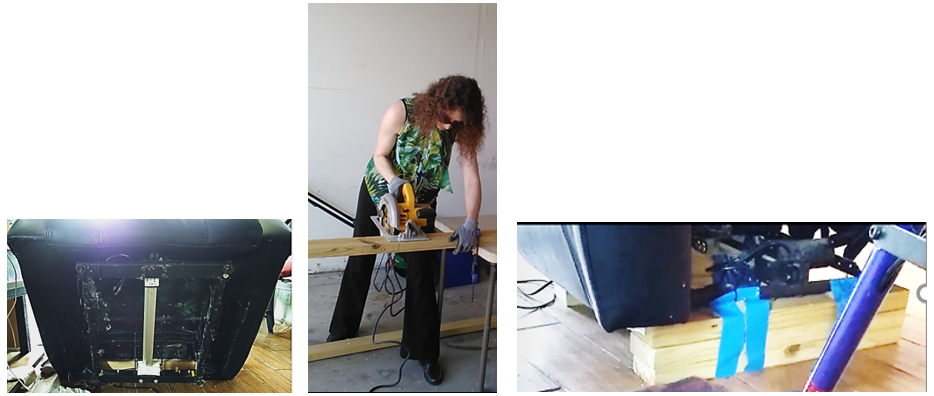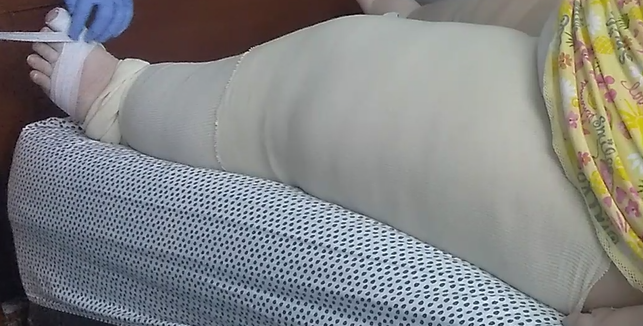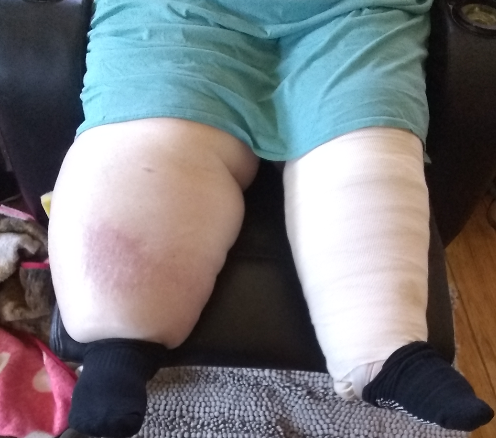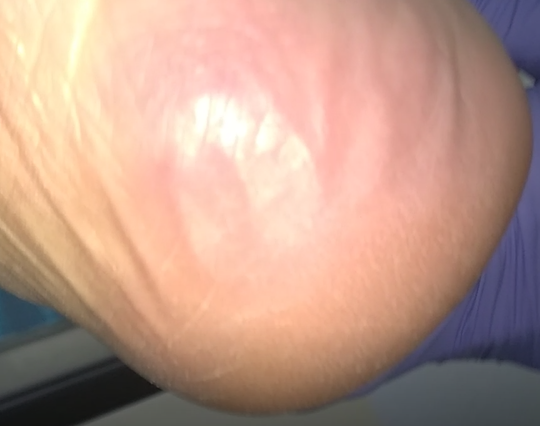Read Part 2 here
Getting Treatment
Carol started treatment to reduce her leg size. We began with manual lymph drainage (MLD), multi-layer compression bandaging (using a liner, toe gauze, foam, and short-stretch bandages) three days a week. We added exercise and skin care. (This four-part treatment is called Complete Decongestive Therapy or CDT).
She lost volume quickly – very quickly. In fact, her compression would slip down prior to the next visit allowing refilling. (This was later resolved using an adhesive lotion and an elastic Tubular sleeve.) But progress wasn’t without its complications.
Complication – mobility
Although I recommended Carol start with one leg (bandaging to her groin), she wanted to start with both legs. To avoid returning too much fluid to her heart and kidneys too fast, we bandaged both legs to the knee only the first week of treatment. Bandaging both legs made getting up from her chair more difficult because it limited ankle flexion. Carol later decided she wanted to bandage one leg only. As a result of straining to get up from her chair, she developed biceps tendonitis, causing shoulder pain.
Complication – skin integrity
Carol also found getting to the bathroom promptly was a challenge (causing her to soil herself and the thigh-high bandages). Because she hadn’t performed her normal hygiene routine, she developed a yeast infection and skin breakdown under her abdominal fold.
Complication: refilling and weight gain
Unhappy with her hygiene status, Carol began removing her compression to shower before I arrived, allowing her leg to refill. Despite encouragement to continue thigh-high bandaging with hygiene modification (such as using a cast protector to shower), she decided she wanted to regress bandaging to the knee only. As a result, her thigh refilled and she regained some of the weight she had lost. Because of the atypical leg shape, bandaging was tricky & a few times she had heel pain due to pressure. This problem was resolved by fabricating a doughnut foam shape and placing it under her compression, offloading the pressure to her heel.
Complication – shoulder pain
Carol’s shoulder pain persisted. We raised the height of her chair by adding pillows, but she couldn’t get comfortable due to hip arthritis pain. I encouraged her to modify her chair height by letting me install 2x4s. She declined feeling this was regression instead of progress. (She felt she just needed to be stronger.) Several sessions later, as her shoulder pain got worse and as she became frustrated having to ask her spouse for help getting up, she agreed to modify her chair. She later described this modification as “life changing.” When she became compliant applying ice to her shoulder to reduce inflammation, and as she continued to use the 2x4s installed for chair height elevation, her shoulder pain went away.

We added exercise to her bandaging, and she slowly began to see more functional progress. She is now able to get into her bed & into her car on the driver’s side without assistance. While therapy has encountered other complications, at this point, we are waiting for her knee high compression hose (and I’m hoping she will later get custom, flat-knit biker shorts (capri length) with a zipper for full leg & abdominal compression). Stay tuned!
For more information about lipedema, visit the following links: Dr. Karen Herbst, Lipedema Foundation, The Lipedema Project, the Fat Disorders Resource Society, National Center for Advancing Translational Sciences and this article in the Plastics and Reconstructive Surgery Journal.
Blog series to be concluded August, 2021.





Ask A Therapist